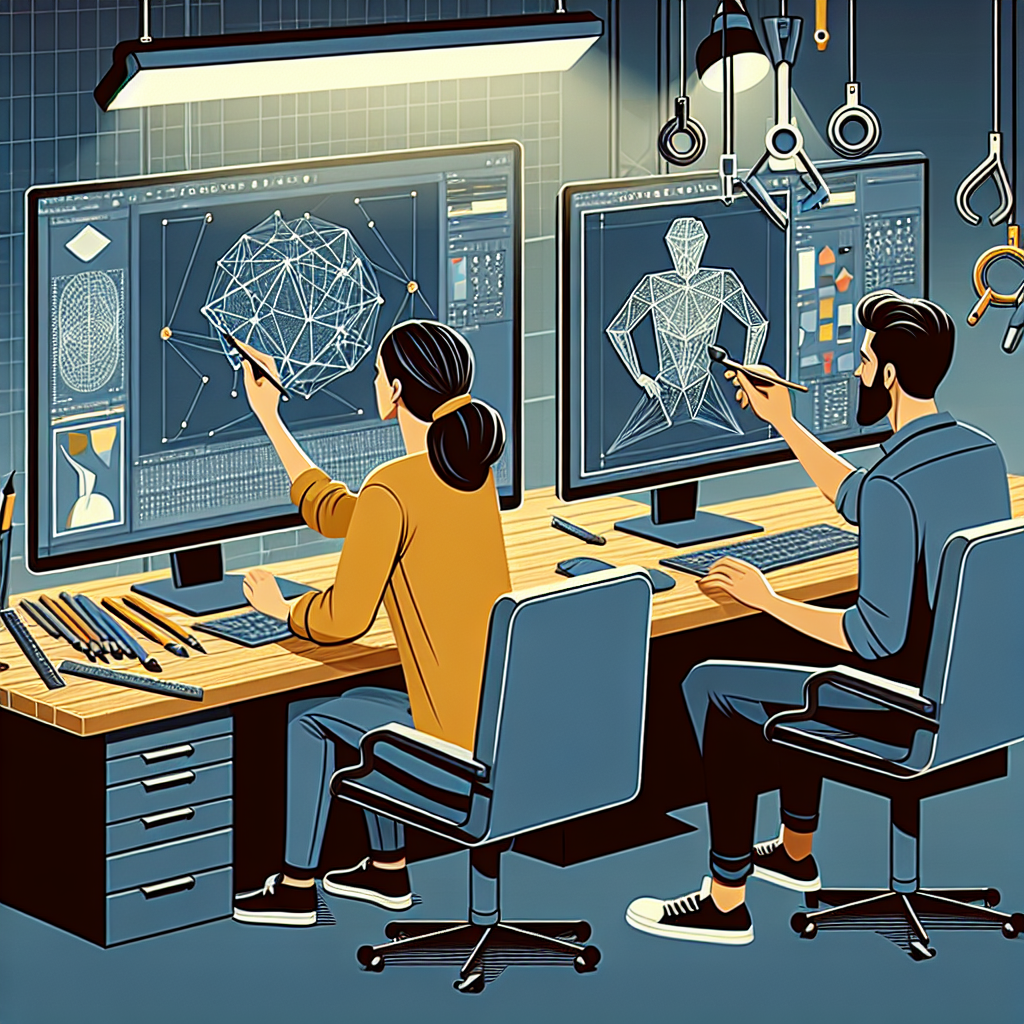Autodesk Maya is a powerful 3D animation software used by professionals in the film, television, and gaming industries to create stunning visual effects and animations. If you are a beginner looking to learn Autodesk Maya in 2025, look no further. This ultimate tutorial will guide you through the basics of the software and help you get started on your 3D animation journey.
Getting Started with Autodesk Maya
Before diving into the world of Autodesk Maya, it is important to familiarize yourself with the interface and tools of the software. When you first open Maya, you will be greeted with a complex interface that may seem overwhelming at first. However, with a little practice and guidance, you will soon become comfortable navigating the software.
The interface of Maya is divided into different panels, each serving a specific purpose such as the main viewport, attribute editor, outliner, and timeline. Familiarize yourself with these panels and learn how to navigate between them to efficiently work on your projects.
Creating 3D Objects
One of the first things you will learn in Autodesk Maya is how to create 3D objects. Maya offers a variety of tools for creating basic shapes such as cubes, spheres, and cylinders, as well as more complex objects using the polygon modeling tools.
To create a 3D object, simply select the desired shape from the Create menu and adjust its size and position in the viewport. You can then use the modeling tools to manipulate the object further by extruding, beveling, and smoothing its surfaces.
Animating in Autodesk Maya
Once you have created your 3D objects, it’s time to bring them to life through animation. Maya offers a powerful set of animation tools that allow you to animate objects, characters, and cameras with ease.
To animate an object in Maya, simply select the object and set keyframes at different points in time to define its position, rotation, and scale. You can then use the timeline to adjust the timing and spacing of the animation to create smooth and realistic motion.
Rendering and Texturing
After animating your 3D scene, it’s time to add the finishing touches by rendering and texturing your objects. Maya offers a wide range of rendering options, including software rendering, hardware rendering, and third-party renderers such as Arnold and V-Ray.
To texture your objects in Maya, you can use the Hypershade editor to create and apply materials to your objects. You can also import textures and images to add detail and realism to your scene.
Further Learning and Resources
As a beginner learning Autodesk Maya in 2025, there are plenty of resources available to help you improve your skills and knowledge of the software. Online tutorials, forums, and courses are great ways to learn new techniques, tips, and tricks from experienced professionals in the industry.
In conclusion, Autodesk Maya is a powerful 3D animation software that offers endless possibilities for creating stunning visual effects and animations. By following this ultimate tutorial for beginners, you will be well on your way to mastering the basics of Maya and creating your own 3D masterpieces. So don’t hesitate to dive in and start exploring the exciting world of Autodesk Maya!


Leave a Reply